Checking tire pressure is a crucial part of clever car maintenance.The process is quite simple and doesn’t require you to be a seasoned car mechanic. Your tires will serve you for a long time if you keep them properly inflated.
What Are the Consequences of Underinflated Tires?
Every vehicle has its recommended tire pressure rate. Tire pressure change can greatly affect driving experience resulting in less responsive handling, decreased comfort and in some cases even vehicle roll over!
If you hit any road obstacle on low pressure tires, you bring damage not only to your vehicle’s tires, rims and suspension, but threaten your safety. Moreover, low pressure influences fuel consumption and diminishes tread life of the tire.
Causes of Low Tire Pressure and Their Solutions
Many car owners have faced their tire pressure decrease gradually, although the tire itself has no visible damage. What can be the reason for the low tire pressure? Below you’ll probably find the answer to this question.
Tire puncture
If your tire constantly loses air, the problem might be in a puncture that leads to leakage. Check your tire to identify any damage which can be on the tread or sidewall. If you haven’t noticed anything, but sure that’s the reason for deflation, visit a car service shop for assistance.
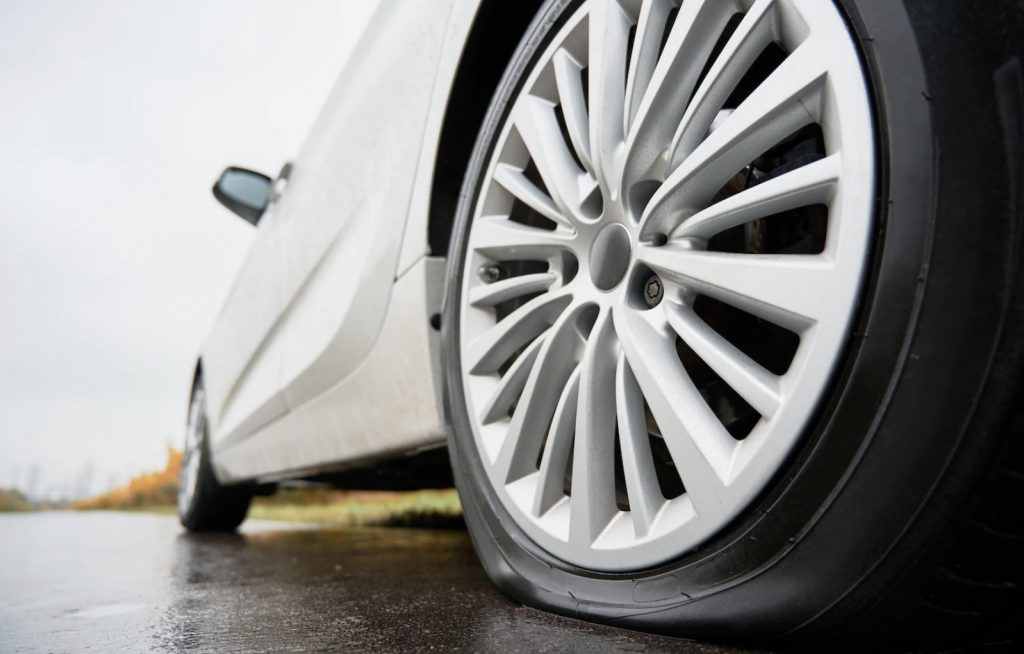
Valve stem damage
Another reason for low tire pressure may be valve stem damage caused by either dust or mechanical impact. The valve can pass air through itself and, consequently, release pressure in the tire. The solution in this case is replacement of an old valve stem with a new one.
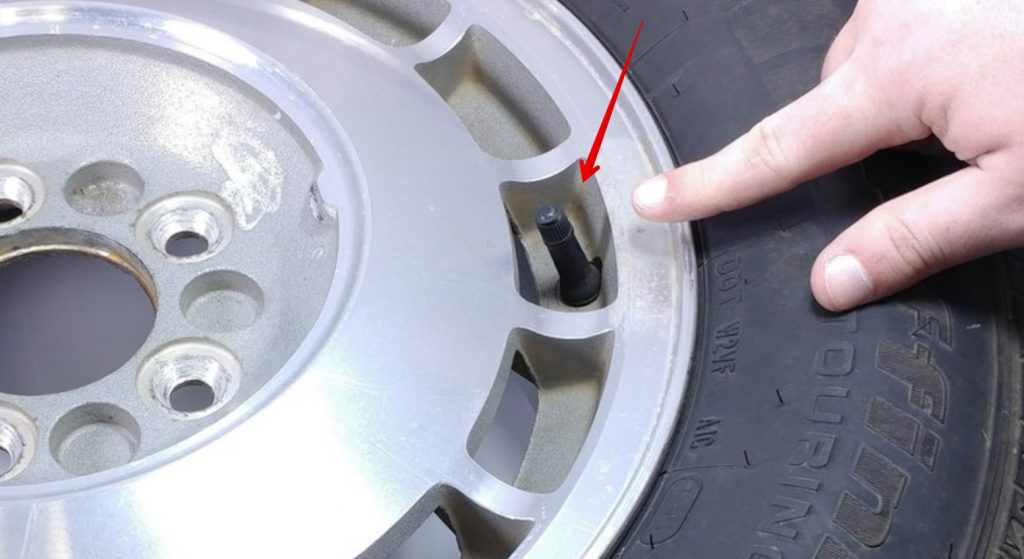
Bent rim
If you are losing air from your tires, the issue might be in your rims. The thing is when you hit a road obstacle at a high speed either it a porthole or a rock for example, your rim may bend or crack. Aside from low tire pressure, it may cause much greater problems, so if you have noticed that your rim is bent, resort to a car service shop to fix this.
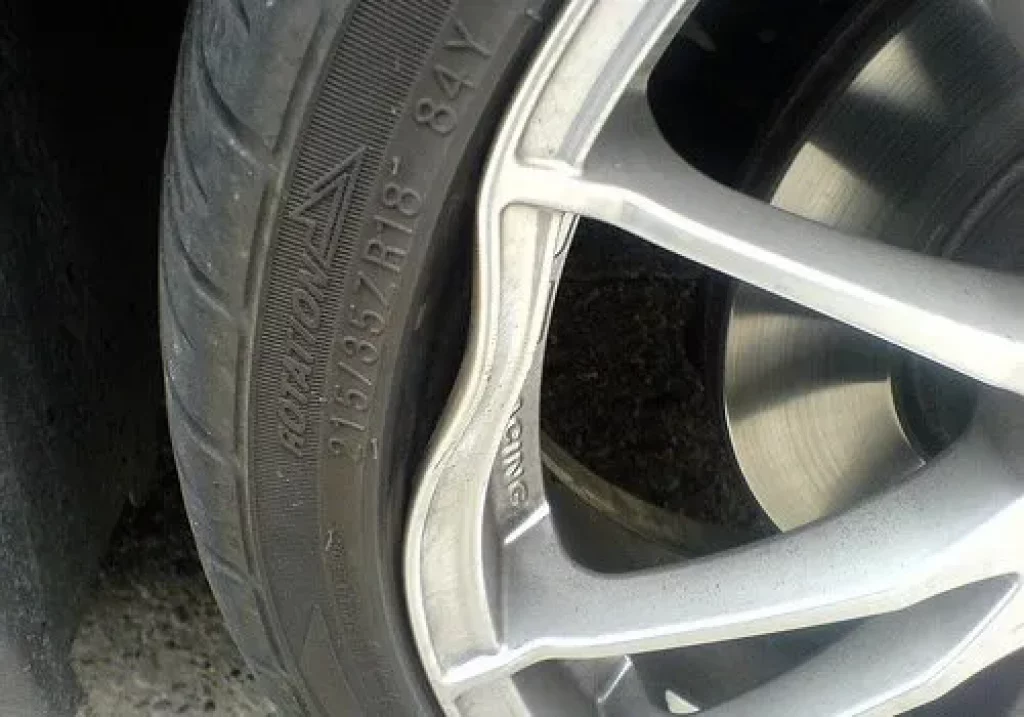
Old or Worn Tires
Every tire has its lifespan due to the manufacturer. During exploitation the tire sustains temperature changes and side impacts, that may even decrease its mileage. If you are running tires eight years or more you may encounter that your tire will gradually lose air, hinting at the need to replace the old tires with new ones.
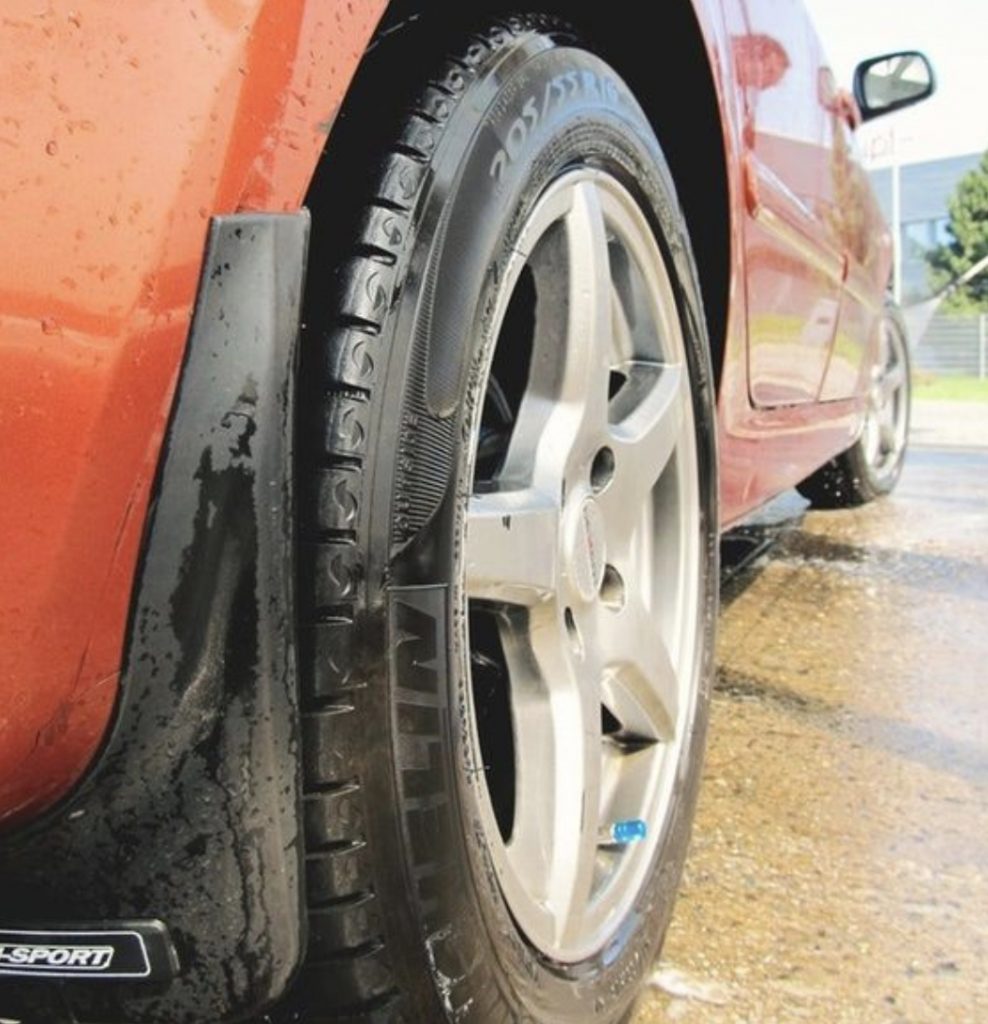
Cold Weather
You may have noticed that when it’s cold outside your tires look underinflated, however yesterday everything was fine. The reason is cold weather, which changes the pressure inside the tires. In this case you may have to heat your tires by driving your vehicle for about 10-15 minutes, to increase the pressure inside of tires or just add some air.
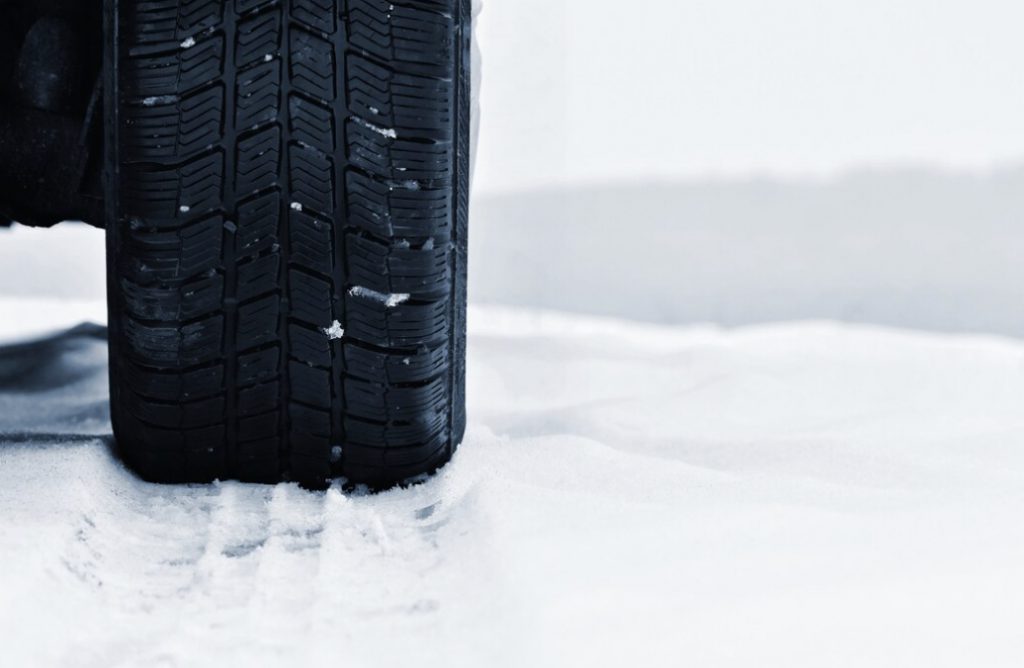
How to Add Air to your Tires
Adding air to the tires is quite easy, so you can perform it on your own. Before getting started, make some preparations.Your tires should be cold for a pressure check. The best time to perform it is in the morning before driving your vehicle.
Then you need to have a tire pressure gauge either mechanical or digital, which you can buy in a car shop. Luckily, they are not expensive and quite small, so you can store it in your vehicle`s glove box or in the trunk next to a spare tire.
The next thing is an air pump. They can be divided into hand- foot- or automatic pumps. Hand and foot pumps are cheaper, but require force and time to add air to your tires. Automatic pumps cost more, however they are more convenient and you can even connect them to your vehicle`s 12V socket.
How to add air to your tires
- Place your vehicle close to an air pump to make the air hose attain all four tires.
- Look for the special sticker with the info of the recommended pressure (PSI and Bar) for your vehicle. It can be placed either on the inside of the driver’s door or inside of the fuel tank lid. Also the information about recommended tire pressure you may find in yours vehicle owner’s manual.
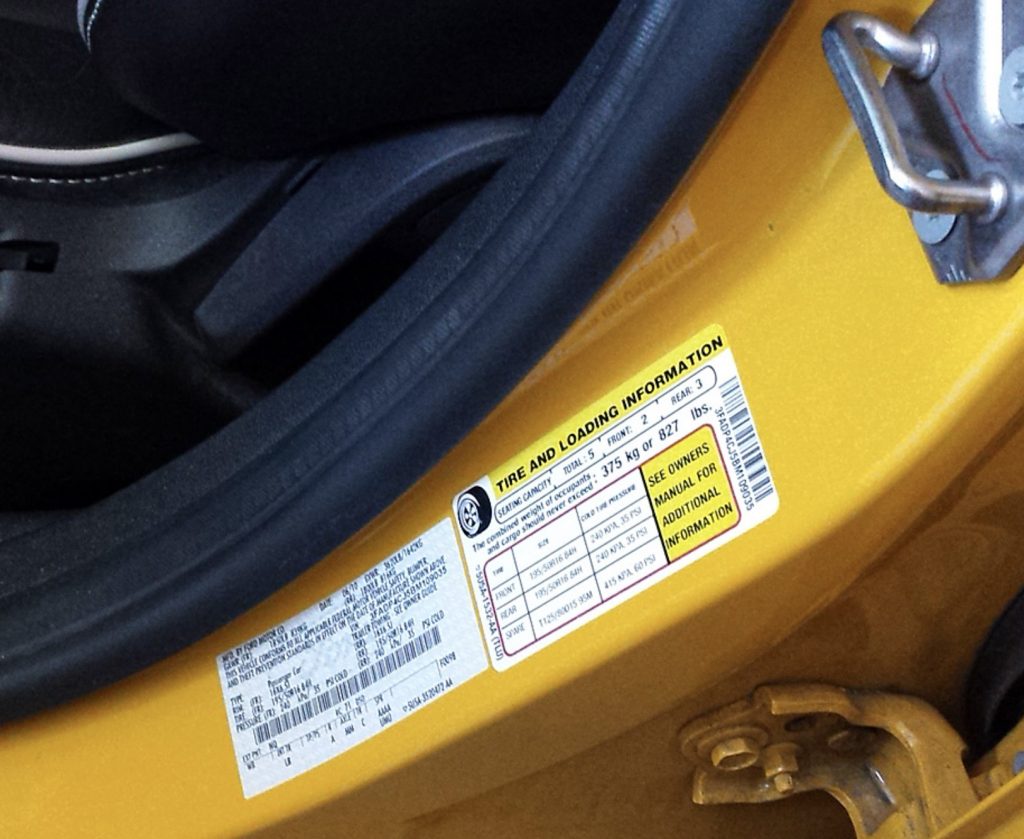
- Unscrew the valve stem cap and put it somewhere, in your pocket for example, so you won’t lose it (if you are running steel rims, you may need to take plastic cover first).
- Connect an air nozzle to the valve stem and start inflating. Check the pressure with the gauge. If you added too much air to your tires, use a special pin on a nozzle to decrease pressure.
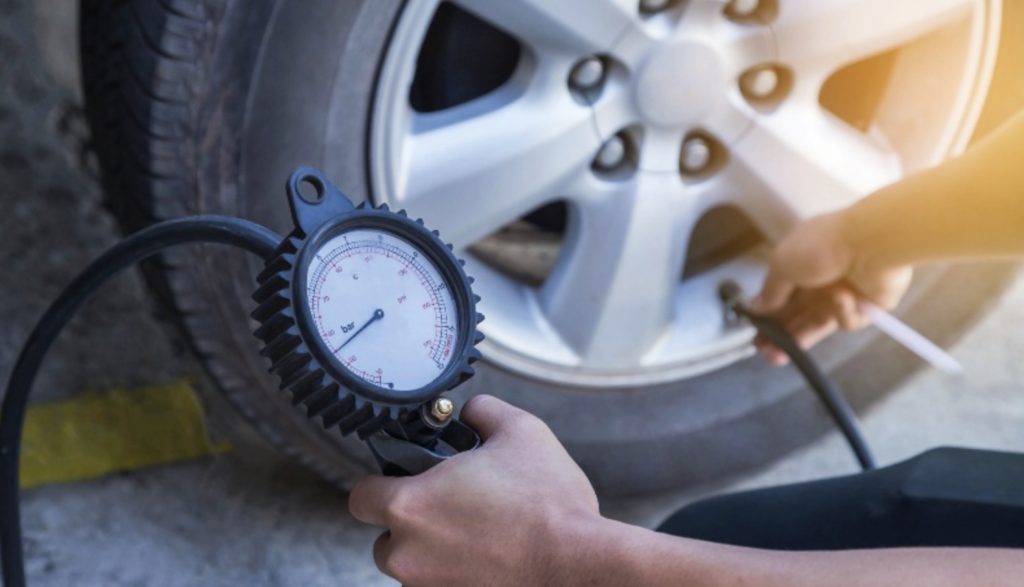
- After you finished inflating the tire, disconnect an air nozzle and screw the valve stem cap from your pocket back.
How to Fix Constant TPMS Light Warning Light
If one tire (or all four tires) on your vehicle is underinflated, you will see TPMS (Tire Pressure Monitoring System) light on your dashboard. In this case you have to add air to your tire, so the light will go off.
If the TPMS light still illuminates, you may have to perform two operations which will be mentioned below:
Ride for some time
Sometimes it takes about 5-10 miles for the TPMS light to go off. If it is still illuminating, check the tire pressure again.
Reset the TPMS light
If you see a constant TPMS warning, but the pressure gauge shows you that all four tires have enough air inside, you can reset it. Usually the button is placed under the steering column (although in some vehicles you can reset the TPMS using a special button which can be located on the dashboard or next to a gear shifter). If needed, peep in your vehicle owner`s manual.
To Sum Up
Low tire pressure has a significant influence on the vehicle`s behavior and safety of the driver. It is crucial to check your tire pressure on time to prevent any unpleasant issues. The process of tire pressure check is not difficult, and if you make a habit of checking your vehicle’s tire pressure once a month, it will give you much confidence that your tires are fine.






